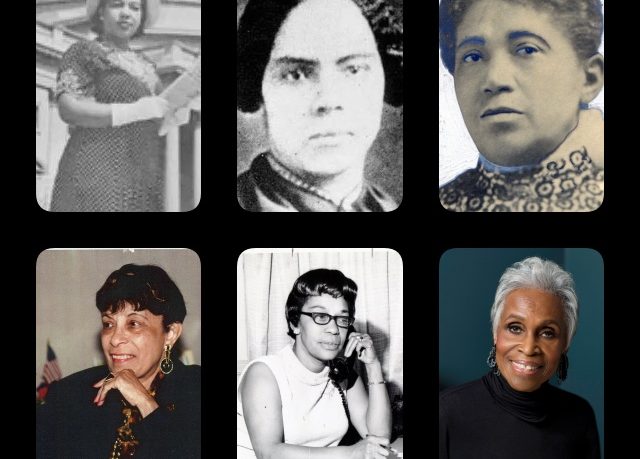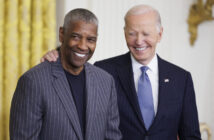By Nadira Jamerson,
Word in Black
In the past few years, we’ve seen Ida B. Wells — one of the most prominent journalists, anti-lynching activists, and women’s rights activists in history — finally get the recognition she deserves.
The Ida B. Wells Society was launched in 2016. In 2018, the New York Times belatedly ran an obituary about her. And in 2019, after a campaign by Wells’ great-granddaughter Michelle Duster, Chicago finally named a street after Wells.
But have you heard of Mary Shadd Carey, the first Black woman to become a publisher in North America when she created The Provincial Freedman in 1850? Or Alice Allison Dunnigan, who in 1948 became the first Black female correspondent to receive White House credentials?
There is a long history of Black women who have not only contributed to but been leaders of the Black press. That’s why Ava Thompson Greenwell, professor at the Medill School of Journalism, Media, Integrated Marketing Communications at Northwestern University, says it’s time we give them their flowers.
“It’s important to situate them in the history and the importance they played at their Black press. These were owners, not just managers, but owners and publishers of these newspapers,” she explains.
In 1948 Alice Allison Dunnigan (left) became the first African-American woman to serve as a White House Correspondent. In September 2018 the Newseum, a museum focused solely on the history of journalism, unveiled a statue in the Kentucky native’s honor. 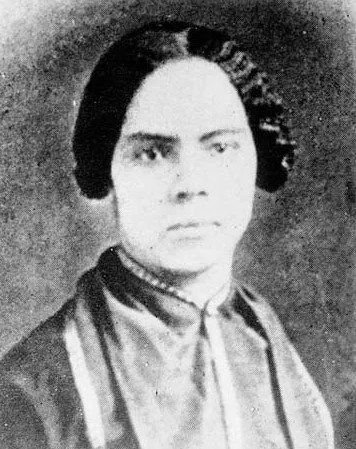 Hailing from Wilmington, Del., Mary Ann Shadd made history in 1853 as the first Black woman to hold the title of “publisher.” According to Britannica Encyclopedia, Shadd began encouraging Black people in America to make a run for Canada by publishing the success stories of free Black people in her new country. Shadd would go on to serve as a school teacher and a recruiter for Union forces during the American Civil War. (Photo Courtesy of Britannica Encyclopedia)
Hailing from Wilmington, Del., Mary Ann Shadd made history in 1853 as the first Black woman to hold the title of “publisher.” According to Britannica Encyclopedia, Shadd began encouraging Black people in America to make a run for Canada by publishing the success stories of free Black people in her new country. Shadd would go on to serve as a school teacher and a recruiter for Union forces during the American Civil War. (Photo Courtesy of Britannica Encyclopedia)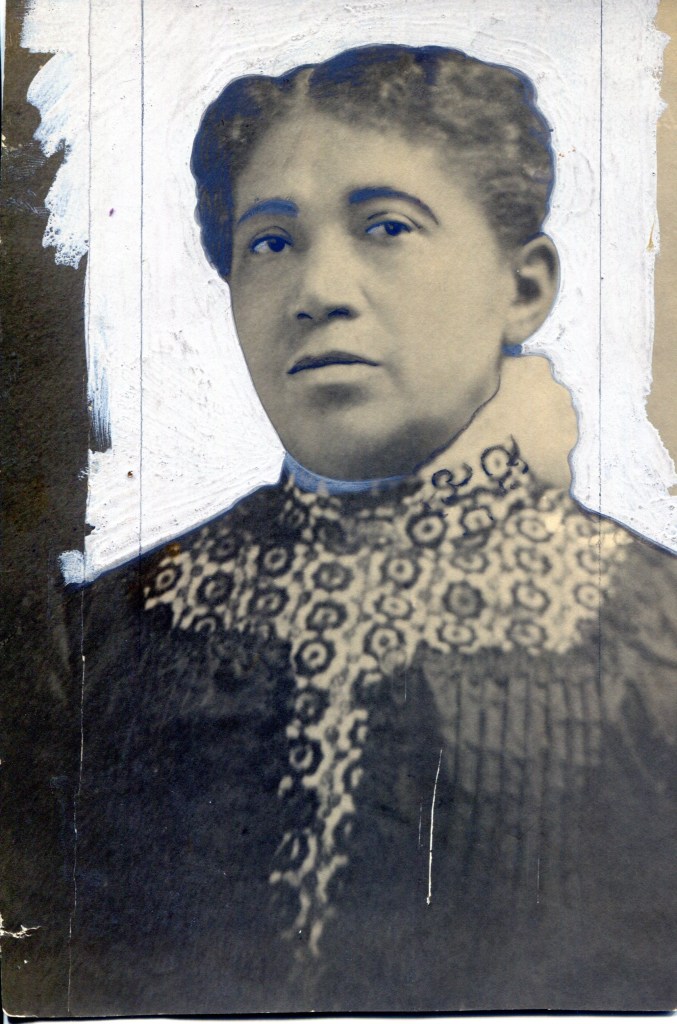 Martha Howard Murphy helped start the AFRO American Newspapers in 1892 with a loan to her husband, John Henry Murphy Sr. Her financial seed gave way to generations of bold newswomen who would become reporters, editors and even hold the title of publisher.
Martha Howard Murphy helped start the AFRO American Newspapers in 1892 with a loan to her husband, John Henry Murphy Sr. Her financial seed gave way to generations of bold newswomen who would become reporters, editors and even hold the title of publisher. 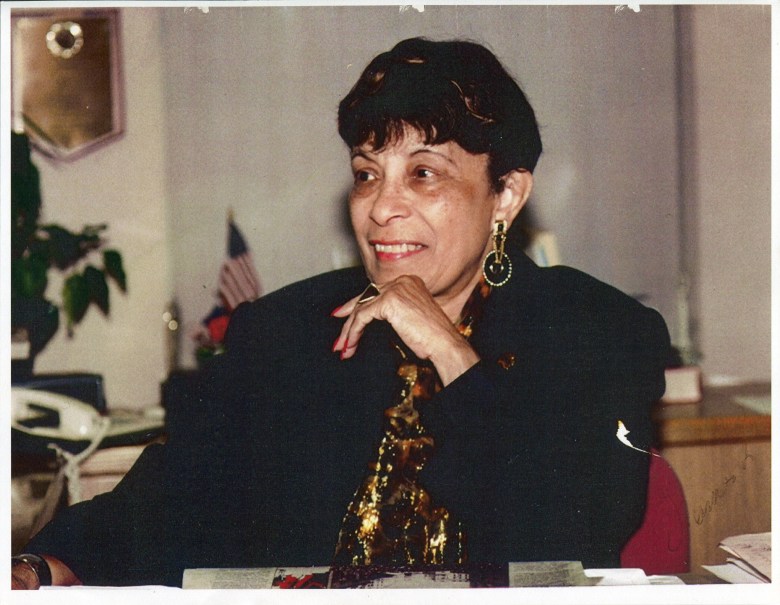 Frances L. Murphy II honed her journalism skills at the Baltimore AFRO-American before leading the Richmond AFRO-American and then the Washington AFRO-American. She also served as board chair from 1972 to 1974. Within 100 years of Martha Murphy’s initial investment, her granddaughter took the title of “publisher” of the Washington AFRO and served in the role from 1986 until 1999.
Frances L. Murphy II honed her journalism skills at the Baltimore AFRO-American before leading the Richmond AFRO-American and then the Washington AFRO-American. She also served as board chair from 1972 to 1974. Within 100 years of Martha Murphy’s initial investment, her granddaughter took the title of “publisher” of the Washington AFRO and served in the role from 1986 until 1999.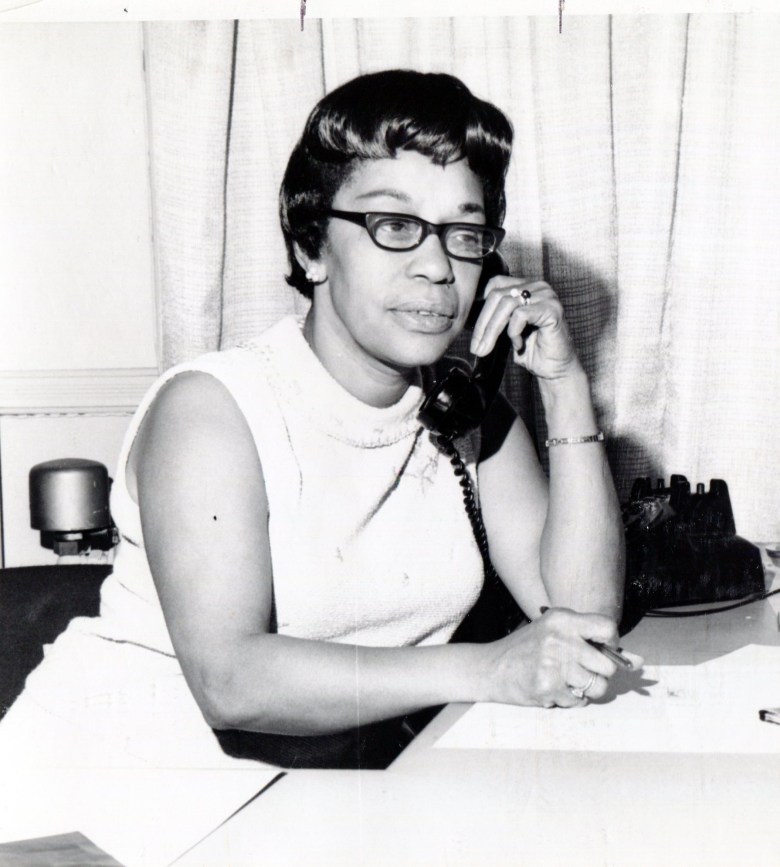 Elizabeth Murphy Phillips Moss was the first Black, female journalist to serve as a war correspondent. In 1944, she delivered coverage of WWII from Europe on behalf of the AFRO. She also served as publisher and treasurer, during her tenure at the AFRO.
Elizabeth Murphy Phillips Moss was the first Black, female journalist to serve as a war correspondent. In 1944, she delivered coverage of WWII from Europe on behalf of the AFRO. She also served as publisher and treasurer, during her tenure at the AFRO.
ALL Murphy women photos are (AFRO File Photo)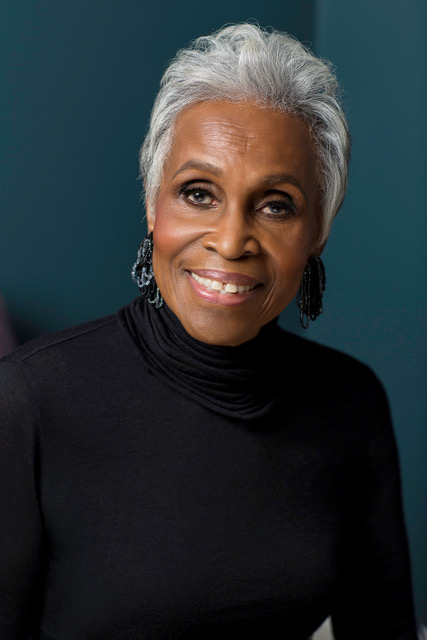 Dorothy Butler Gilliam became the first Black woman to work as a reporter for the Washington Post in 1961. She faced staunch opposition for her role in the company, where some thought she was only on the premises to serve as a maid. Gilliam overcame every obstacle, and today, at the age of 86, is a shining example of Black women in the ranks of the Black Press.
Dorothy Butler Gilliam became the first Black woman to work as a reporter for the Washington Post in 1961. She faced staunch opposition for her role in the company, where some thought she was only on the premises to serve as a maid. Gilliam overcame every obstacle, and today, at the age of 86, is a shining example of Black women in the ranks of the Black Press.
Black women make up less than 5 percent of print and online newsrooms today. Greenwell believes teaching about the legacy of Black women publishers and increasing the visibility of Black women in the field is crucial if we want the next generation of Black girls to be inspired to join the profession.
“We know that patriarchy also runs deep within the Black community, and we have to uplift these Black women who are doing these things despite the sexism,” she says.
Greenwell recalls how learning about Daisy Bates, publisher of The Arkansas State Press, inspired her during her career. While researching for her doctorate, Greenwell took a deep dive into Bates’ life and admired her ability to weave activism through her journalism.
Bates was known for her coverage of Black men who were being unjustly railroaded in court as rapists and the coverage of Black women survivors of sexual assault whose cases were not being taken seriously. As a member of the NAACP, she advocated for the integration of Little Rock, Arkansas, in the 1900s.
“Those kinds of stories wouldn’t happen without Black women publishers,” Greenwell says. “What’s interesting about a lot of these women early on is that they were not just journalists and publishers. They were activists in their community. That’s the difference. Today, we say we have to separate the activism from the journalism, but these women didn’t see it that way. There was too much at stake.”
The need for more Black journalists — and more Black journalists — comes as attacks on Black history are sweeping the nation. More reporters who can amplify and uplift the Black experience are needed, especially at a time when Black books are being banned and prominent politicians are going to war against African American studies.
That’s why Greenwell says it’s time to rally behind the folks who have historically amplified the realities of the Black experience: the Black press.
“Journalism is the first page of history, and when it comes to Black journalism, it’s the same thing,” she says. “It’s a historical record of what Black people were doing and what was important to them at the time.”
This article was originally published by Word in Black.
